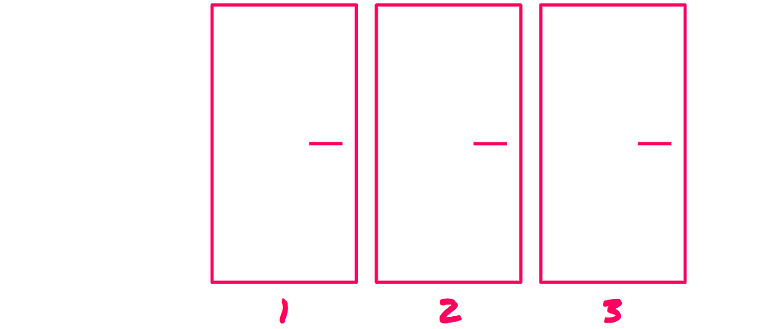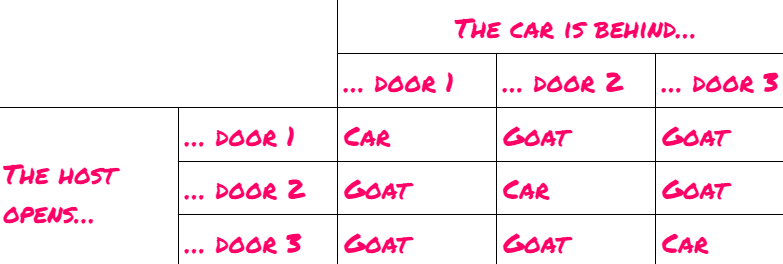# Understanding the Monty Fall Dilemma: A Fresh Perspective
Written on
Chapter 1: The Monty Fall Problem Unveiled
In this discussion, we delve into the intriguing Monty Fall problem. This is not a typographical error; it serves as a continuation of our exploration of the Monty Hall problem.

You begin with three doors to choose from: two conceal goats, while one hides a car. Suppose you select door 2. The host, in a twist of fate, accidentally reveals door 1, which also happens to show a goat.
“Oh dear,” the host remarks. “My mistake! Now that you know door 1 has a goat, would you like to switch your choice to door 3?”
Should you switch your selection?
Initially, like many, you might assume that the Monty Fall scenario mirrors the Monty Hall problem. After all, does it truly make a difference whether the host intentionally opens a door or does so by accident? The doors themselves seem indifferent to this distinction!
However, this seemingly minor detail is crucial (though not due to any magical properties of the doors). In the Monty Hall scenario, the host deliberately reveals a door concealing a goat. Conversely, in Monty Fall, if your initial choice was a goat, the host could have inadvertently opened the door hiding the car!
Let's revisit the four potential outcomes from the Monty Hall scenario:

Here, the shaded door contains the car. The host's action of opening a door (either purposefully or by circumstance) guarantees that there will always be a goat revealed. This reliability is absent in the Monty Fall scenario! The host’s action becomes random, allowing for nine possible outcomes if you initially chose door 2:

What implications arise from the door the host chooses to open?
We can infer some vital information. First, the host did not open the door you selected. Since you chose door 2, this eliminates the middle row:

Additionally, we are aware that the door revealed by the host contains a goat. This eliminates any entries with the car:

It’s important to note that switching your choice is advantageous only if you initially selected a door concealing a goat; that is, when the car is behind either door 1 or door 3:

This gives you two favorable outcomes out of four possibilities when switching leads to the car being revealed behind a door that was not your original selection. Therefore, since not switching yields the same odds, the conclusion is that switching doesn’t provide a strategic advantage in the Monty Fall scenario!
Thank you for joining this exploration. Stay tuned for more fascinating variations on the Monty Hall problem!
To support Street Science, consider contributing via Patreon.
Chapter 2: Video Insights on the Monty Hall Dilemma
This video titled "The Monty Hall Problem" provides an engaging breakdown of the classic dilemma, illustrating the principles at play in a concise format.
The next video, "Monty Hall Problem (Best Explanation)" by Numberphile, offers a thorough explanation of the problem, making it accessible for viewers of all backgrounds.